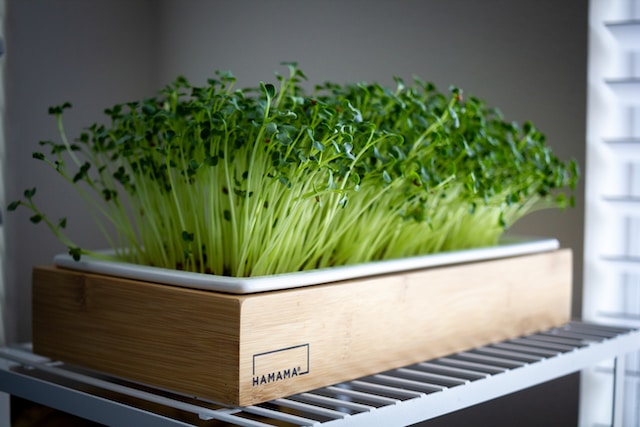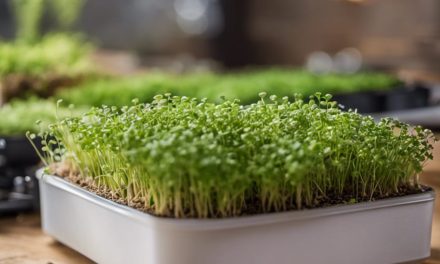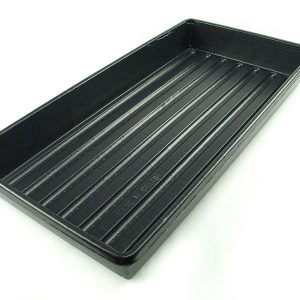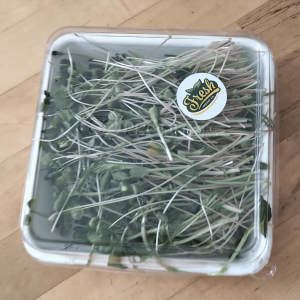Microgreens are a popular and nutritious addition to many dishes, and their delicate nature requires careful storage to ensure their quality and freshness. For commercial growers and sellers, proper storage is critical to maintaining the quality and shelf life of microgreens. Here are some of the best ways to store microgreens for commercial use to keep them fresh for as long as possible:
Proper Harvesting
The first step to keeping microgreens fresh is to harvest them at the right time. Microgreens should be harvested when they are at their peak of freshness and flavor, which is typically when they have fully developed their first true leaves. This will ensure that they are at their maximum nutritional content and have the best flavor. If the microgreens are harvested too early or too late, they may not last as long or taste as good.
Clean and Dry
Once the microgreens are harvested, they should be gently cleaned and dried. Use a clean and dry towel or paper towel to pat them dry, and remove any damaged or wilted leaves. Be careful not to bruise or damage the microgreens during this process, as this can reduce their quality and freshness.
Packaging
Proper packaging is essential to keep microgreens fresh. Use a breathable plastic or paper bag, and avoid using airtight containers as they can trap moisture and cause the microgreens to spoil more quickly. Place the microgreens loosely in the bag to allow for airflow, and do not over-pack the bag.
Refrigeration
Microgreens should be stored in a refrigerator at a temperature between 35 and 40 degrees Fahrenheit. This will help to slow down the growth of bacteria and mold, which can cause the microgreens to spoil more quickly. Keep the microgreens in the coolest part of the refrigerator, and avoid storing them near foods with strong odors, as this can affect their flavor.
Rotation
Microgreens have a relatively short shelf life, so it is important to use a first-in, first-out system to ensure that the oldest microgreens are used first. This will help to reduce waste and ensure that customers receive the freshest microgreens possible.
Proper storage is critical to maintaining the quality and shelf life of microgreens for commercial use. Harvesting at the right time, cleaning and drying the microgreens, using breathable packaging, refrigeration at the right temperature, and using a rotation system are some of the best ways to keep microgreens fresh for as long as possible. By following these simple steps, commercial growers and sellers can ensure that their microgreens remain fresh and delicious for their customers.















